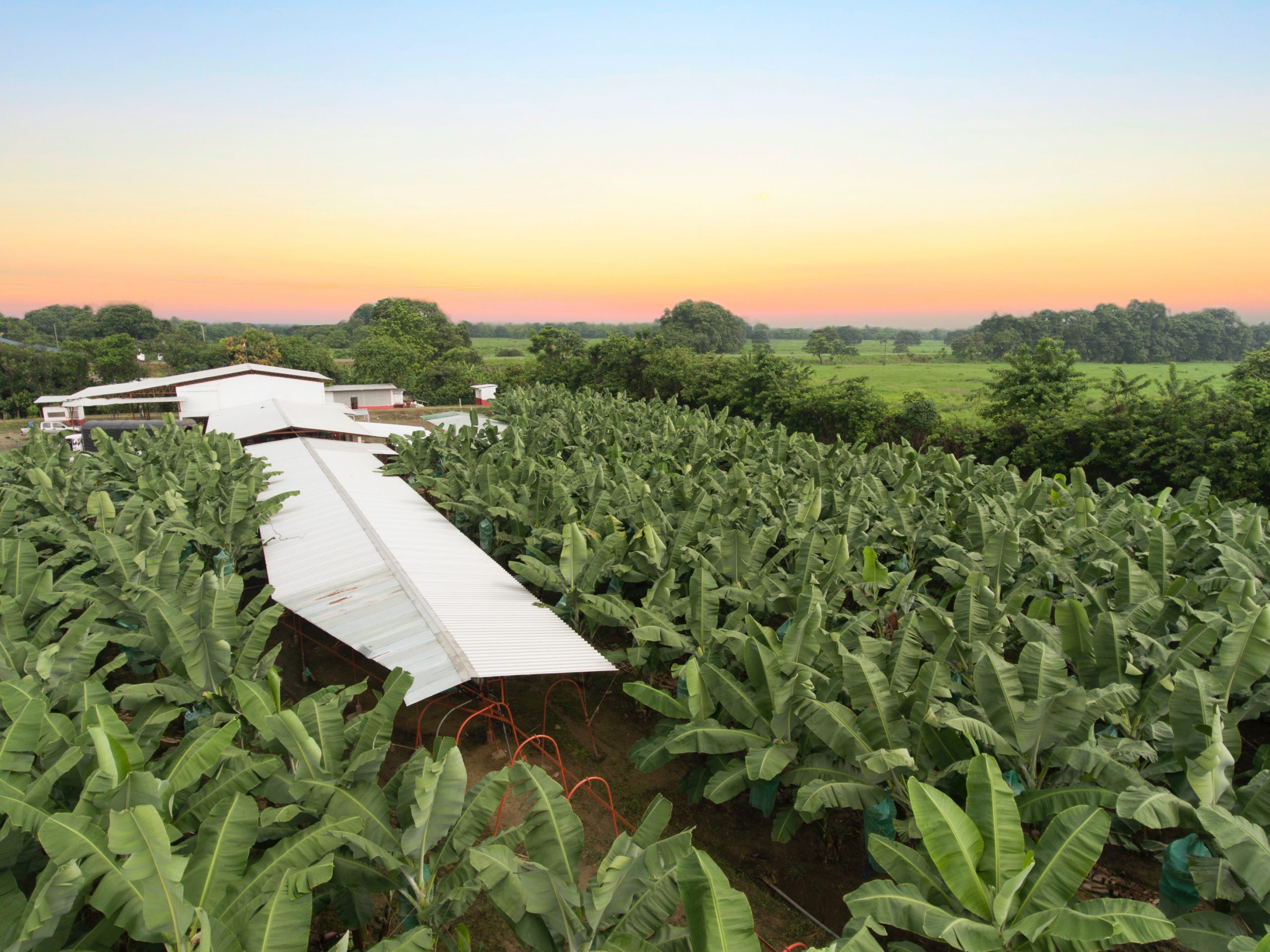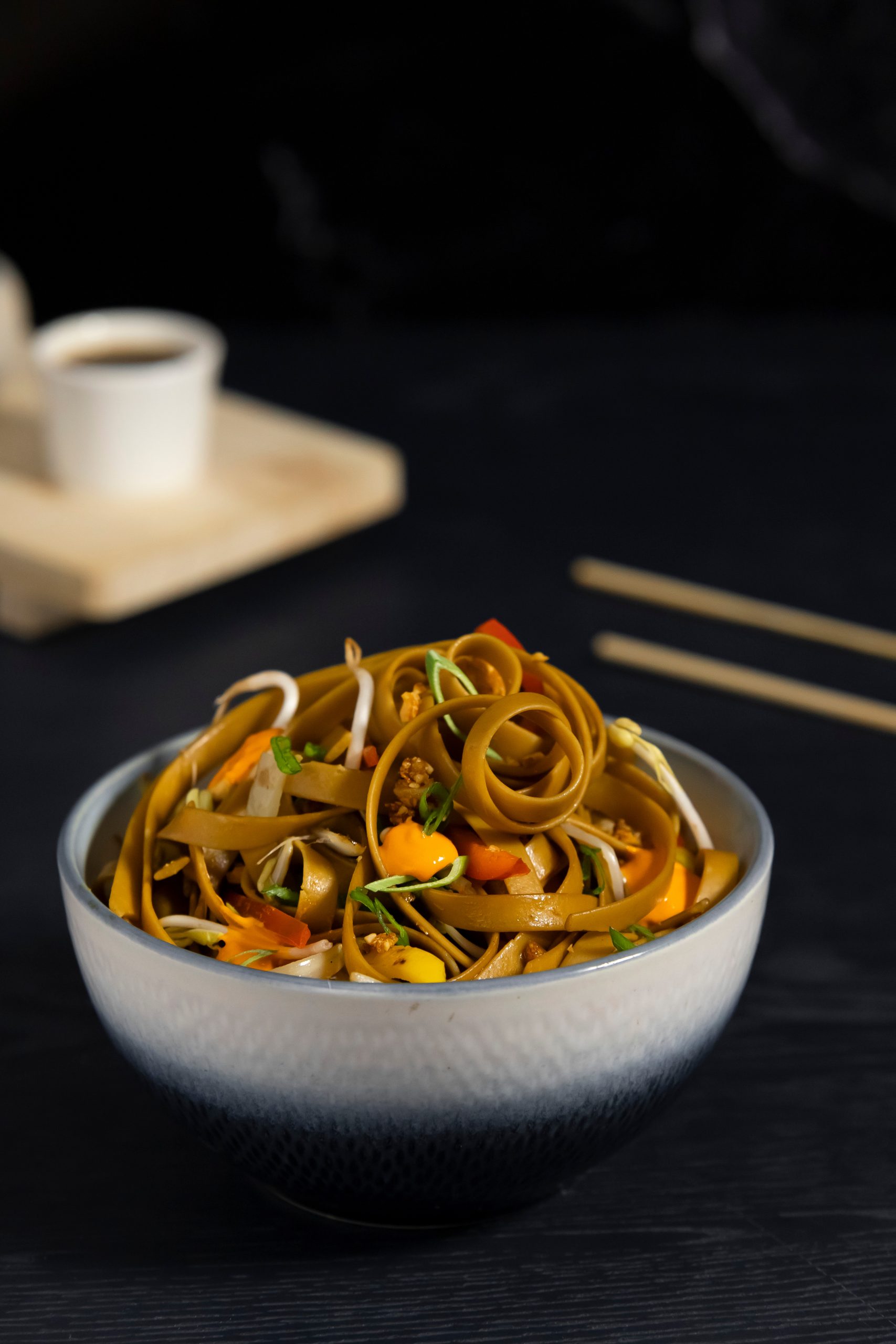Mixed panorama in Asia for banana exporters
The fact it is cheap, easy to eat, and hygienic makes the banana a very popular fruit in Asia, and more so since the pandemic. And in China, the ongoing urbanisation of the population, and swelling middle class – a market of 700 million – is boosting demand for fruit that is not only top quality but comes with an assurance of safety. Furthermore, the Association of Banana Exporters of Ecuador (AEBE) believes with the right marketing, the banana can be positioned to join more high-end products like cherries and blueberries that the Chinese buy for gifts on special days. To that end, AEBE recently launched a banana culinary guide to promote Ecuador’s “top quality and sustainable bananas”, especially at Asia Fruit Logistica in Hong Kong in September 2022.
Ecuador hopes to double its exports to China
The world’s top banana exporter sees great potential to increase its shipments to Asian markets like China (1.4 billion people), Japan (126 million), and Korea (51 million). AEBE executive director José Antonio Hidalgo says Ecuador could even double its exports to China if the current 10% tariff it pays were removed, making it more competitive with rivals Colombia, Cambodia, Laos, Vietnam and Costa Rica, who pay no tariff. Preliminary talks on a free trade agreement between China and Ecuador have taken place and a feasibility study is underway. AEBE is urging Ecuador’s government to also pursue trade deals with Japan and Korea. From January to October 2021, Ecuador exported 315.7 million boxes of fresh bananas (-2.7% YoY), of which 5% went to Asia, compared to 7% in 2020.
How Covid-19 is affecting Asia’s banana trade
At the Asiafruit Congress held online in September, Mohammed Abbas, Del Monte Fresh Produce’s senior vice president of Asia Pacific, Middle East and North Africa, said the shipping and logistics challenges facing the banana trade have been compounded by a consumer preference in Asia for produce with a long shelf-life and led to excess volumes and depressed prices in the region. However, nearby suppliers such as Vietnam, Laos and Cambodia, who have been increasing their crops, have benefited from the situation. “Chinese demand shifted from the Philippines towards these new origins because of proximity, logistics and ease of market access,” Abbas said. He expects this trend to persist until shipping disruption reduces, when the Philippines should regain its position in the market, due to its consistent and cheaper supply, and that Central America will play a major role in Asia.
Need to position bananas in fresh-cut segment
Abbas said the pandemic has also affected one of the fruit’s key selling points – as an on-the-go snack – because consumers are at home more and buying more indulgent foods. “Moving into fresh-cut, I think bananas can have an opportunity there,” he said, stressing the need to present bananas to consumers in different ways. Goodfarmer’s Eric Zheng said demand for premium quality bananas, including baby bananas and single finger, is increasing in China. “China will import more and more bananas from the Philippines and Ecuador and, maybe in the future, Mexico and Costa Rica,” he said. While logistical issues continue to be a big challenge, the biggest issue for the industry is still Panama Disease Tropical Race 4 (TR4), he said.
Bananas have lost ground in Asia as an on-the-go snack but have an opportunity if presented in new, fresh-cut forms.
MORE INFO
Ways to enter Chinese market
-
E-commerce / Company in Hong Kong
-
Importers / Distributors in China
-
WFOE / Wholly Foreign-Owned Enterprise
China is changing
From the world’s factory to the world’s top product consumer.
The middle class is exploding and wants high food quality and safety.
Retail has evolved from traditional markets to a new generation of stores combining online and offline sales.
The overall population is rising, due to the repeal of the one-child policy.
Wages are increasing, fuelling higher demand for goods and services.
There’s a big movement of people from rural to urban areas.
Chinese banana market
After a year of chaos in 2020, the Chinese banana market began to recover in February 2021 and by the end of October, the import volume was up nearly 6.4% for the first ten months of the year compared to the same period the previous year. In October 2021, the Philippines was supplying about half of China’s fresh banana imports, though part of its market share has been eroded by Cambodia, Vietnam and Latin America. According to My Agricultural Products Online, in October, Ecuador ranked second, accounting for 19%, and third was Cambodia, with 17%.
Source: presentation by AEBE executive director José Antonio Hidalgo





